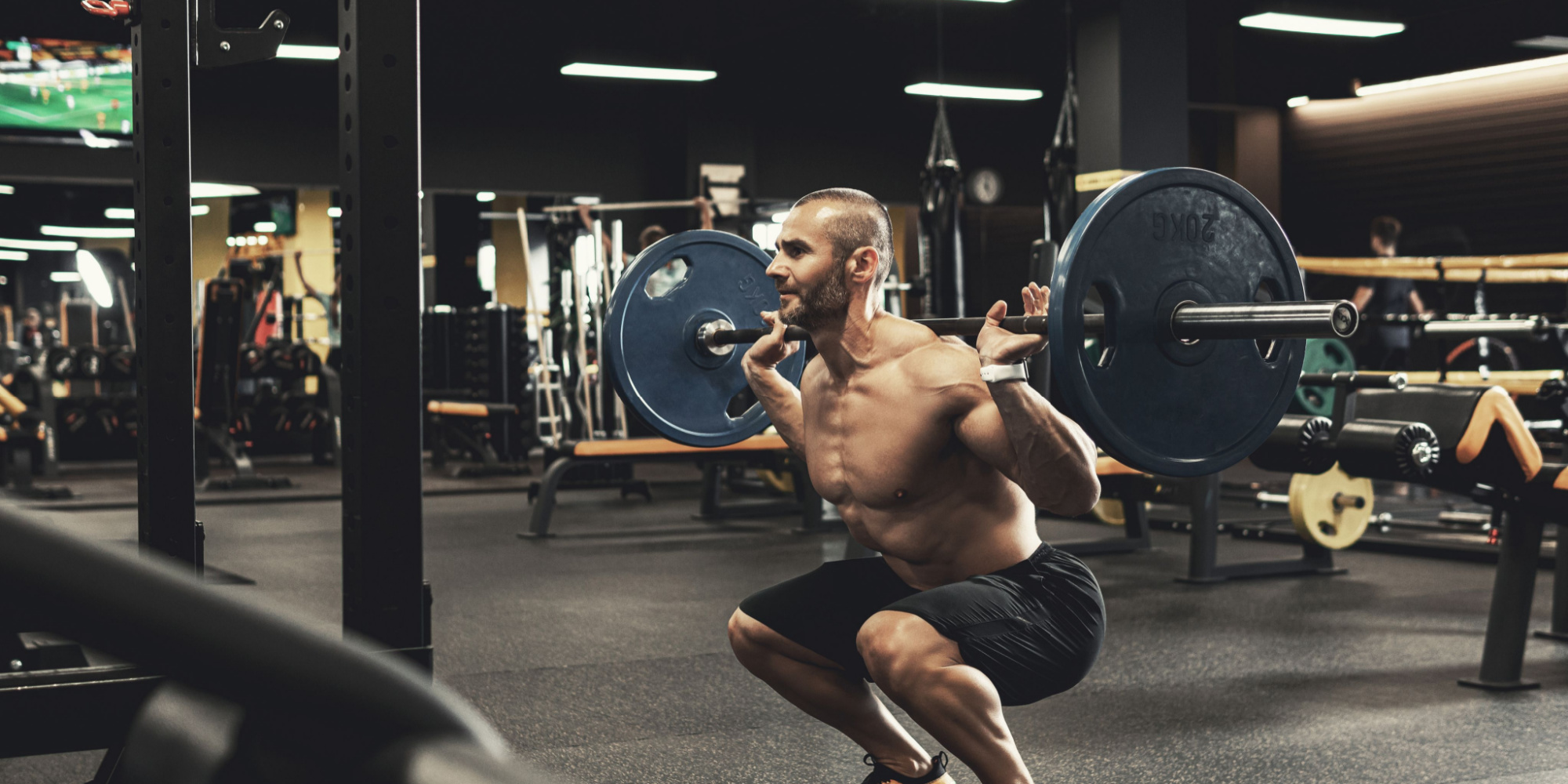Is Squatting the Best Resistance Training Exercise?
Oct 21, 2022 mindpumpAnyone who weight trains will tell you the squat is undoubtedly one of the best overall exercises you can do. We will address that in this article, and if the squat should be a non-negotiable in your weight training routine.
Alright, let’s dive in…
Squats are incredible for packing on muscle.
There’s no other way around it. This movement utilizes almost every muscle in your body. However, the caveat is the traditional back squat doesn’t always work perfectly for everyone. The back squat is a highly nuanced lift you must master to get everything out of it.
So should you squat or not? The answer is yes, but that doesn’t necessarily mean back squat. Personally, the back squat is my favorite exercise. It’s fun to do, and you can really load the weight. However, I can’t deny that it sometimes takes its toll on my knees and back.
As someone who’s been lifting for a long time, unfortunately this exercise has banged me up more times than I care to admit.
That said, if back squatting doesn’t give you any problems, squat away. You will be hard-pressed to find an exercise that provides a more significant muscle-building response. But if you are a beat-up lifter, don’t listen to the folks that claim every single person in the world has to back squat.
If that sounds like you, here are some ways to make the squat more joint-friendly
Do Front Squats – The great thing about the front squat is it’s much easier on your body. By placing the bar in front of your body, you are removing the spinal compression that takes place with the back squat.
A really cool thing about the front squat is that it will expose you. If the weight is too heavy, you’ll fall forward and look like a fool in front of the entire gym.
Believe me, this stinks and you don’t want to experience this. The good part of this potential disaster is it forces you to keep the weight honest. To complete a clean front squat rep, you have no choice but to maintain good form.
Quick side note on the front squat, if you lack mobility you may struggle to get the bar in position. You can use straps starting out or the cross-arm hold while you work on your mobility.
Control the negative: Bouncing out of the bottom violently during the squat can wreck your knees. Do a weight you can control on the way down for a 3-5 second negative, so you cleanly squat it up. This will prevent you from using that ugly momentum bounce in the bottom that crushes lifters’ bodies in the long run.
Do Box Squats: Like the front squat the box squat allows you to control the eccentric portion of the lift so you don’t aggressively bounce out of the bottom. The box squat also forces the lifter to sit back further than other squat variations. By doing this you are recruiting more hamstrings and glutes while taking stress off the knees.
Squat at the end of the workout – This is something legendary strength coach Joe DeFranco preaches about a lot and it’s been a game-changer in my training. Instead of doing squats first in your workout, where you might still be cold and feel like the TinMan as DeFranco says, place squats at the end.
The movement will feel a thousand times better by getting a nice hamstring and glute pump and using single-leg work to open up the hips before squatting.
I also know that some people enjoy doing squats first thing in the workout when their energy level is the highest. If this is you, try doing 3-4 sets of 20-25 reps of a hamstring movement to pump up the hammies beforehand. Your knees will thank you.
To sum it up, back squatting can be considered the king of exercises if performed with pristine form and if it doesn’t cause pain. The ability to overload the movement makes it a powerful muscle-building exercise. Just remember, you must master your technique before you load the weight.
If the back squat bothers you, don’t train through pain. Sprinkle in some of the other techniques/variations discussed in this article and get the benefits. Now get to squatting!







